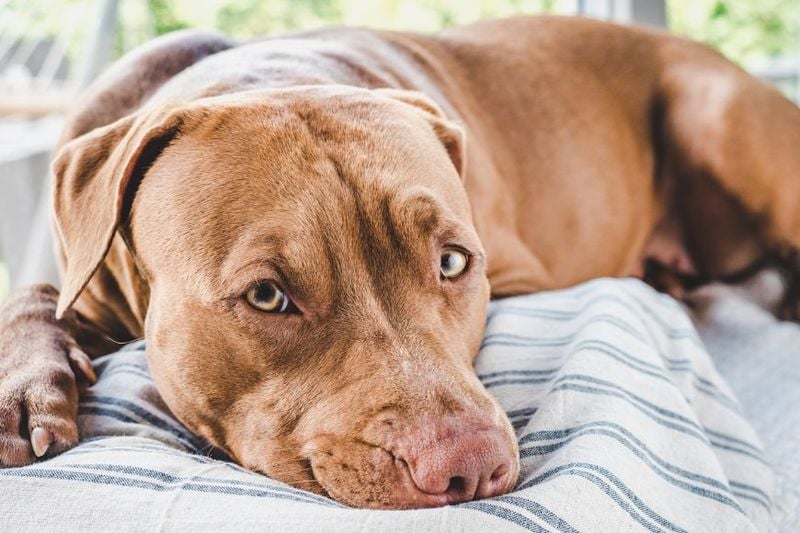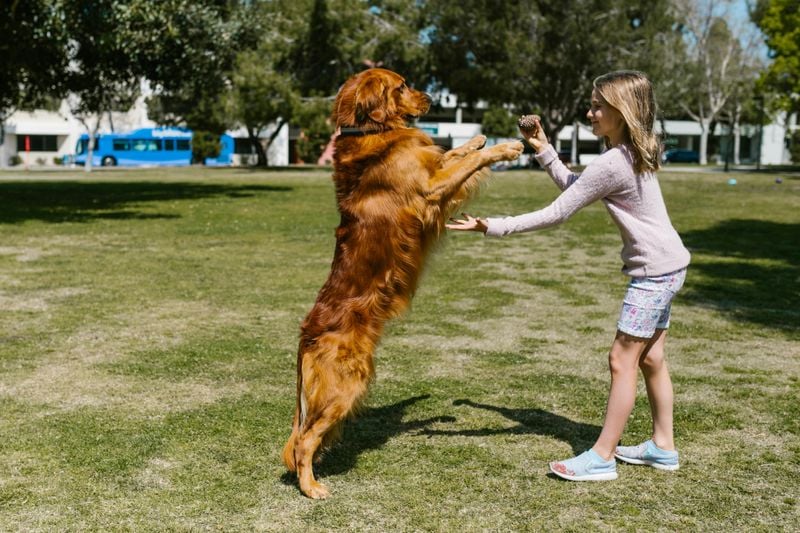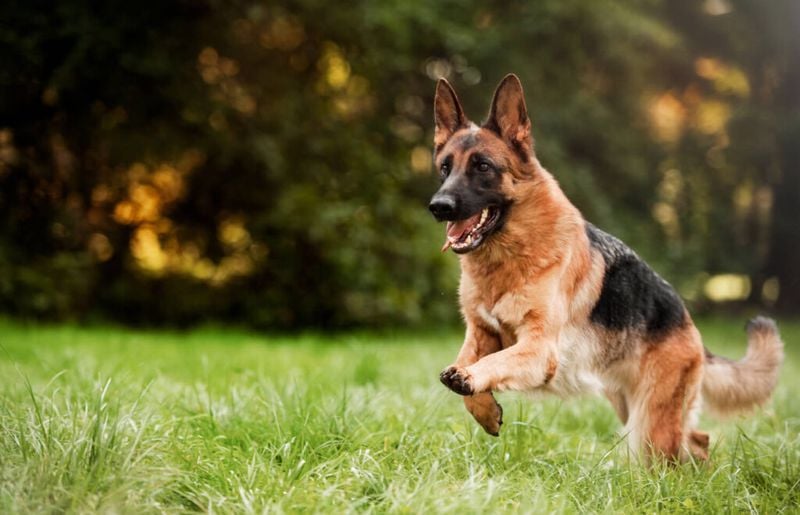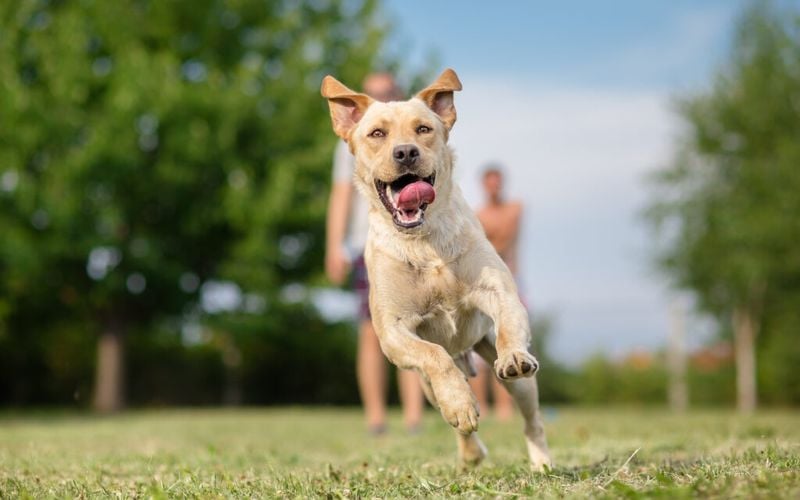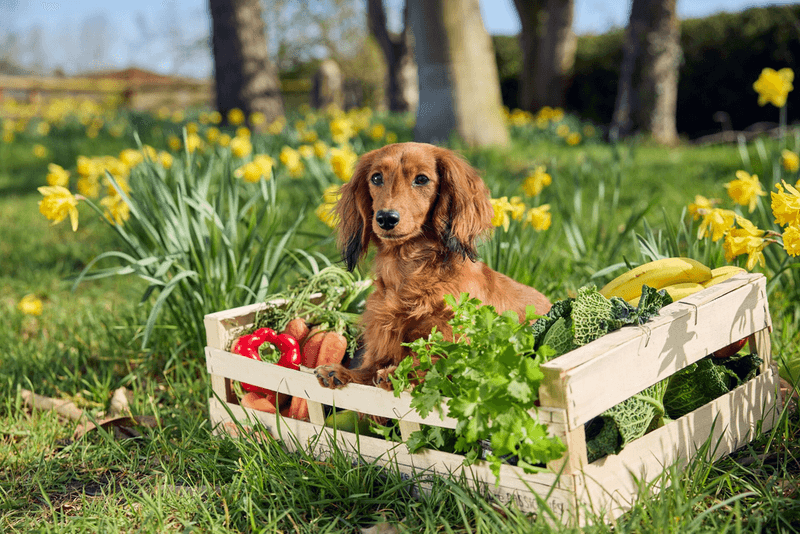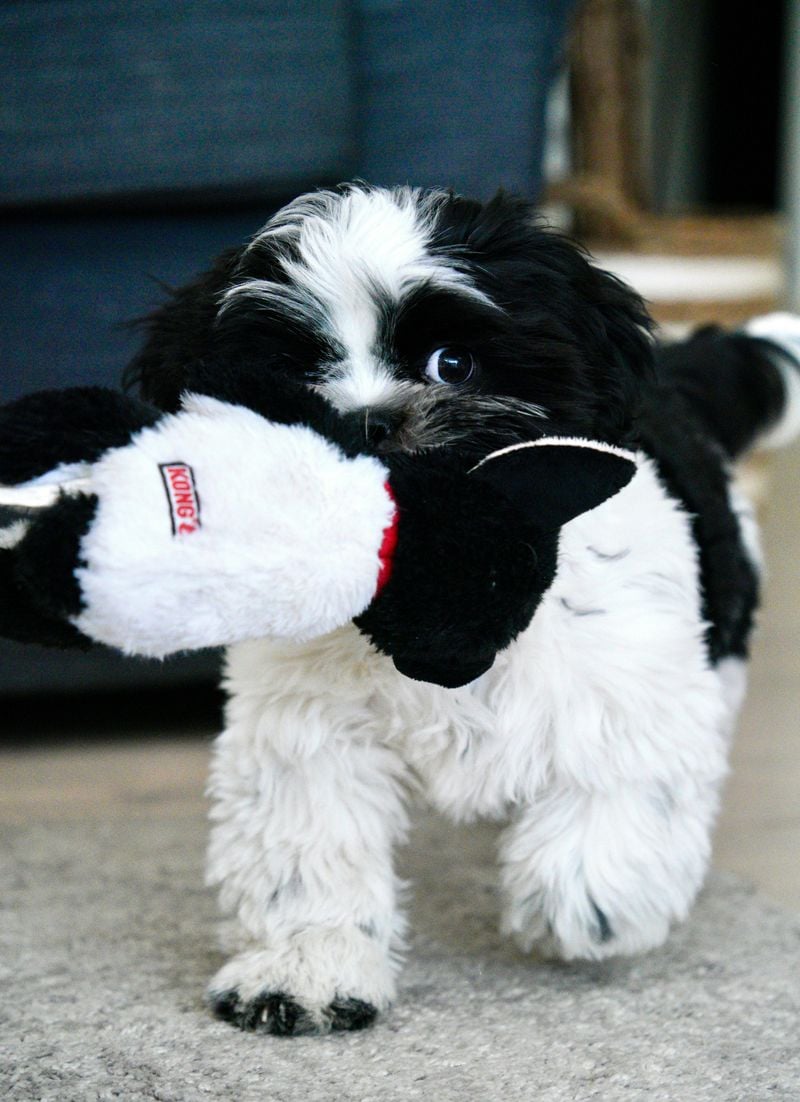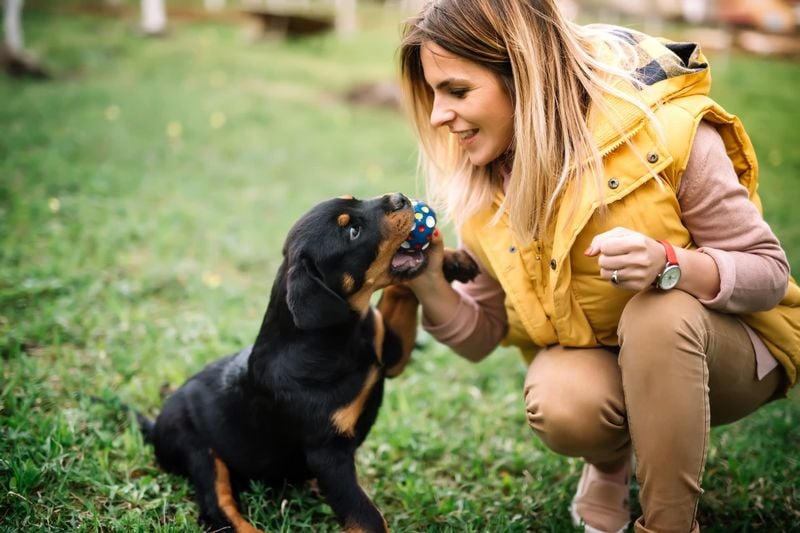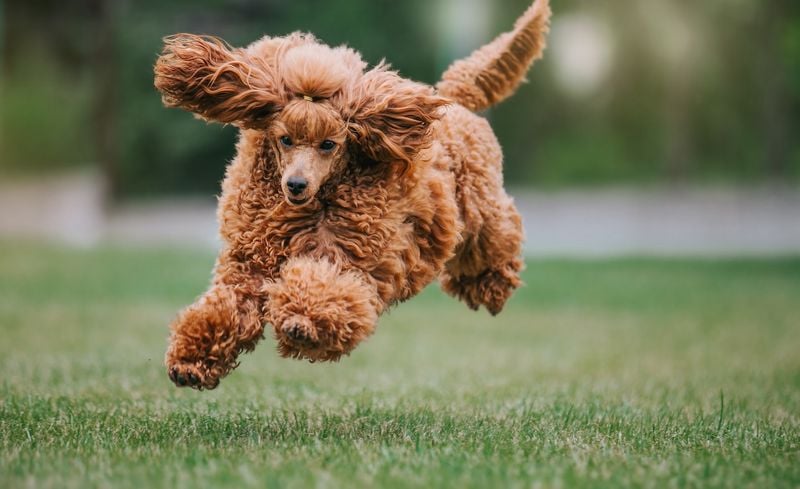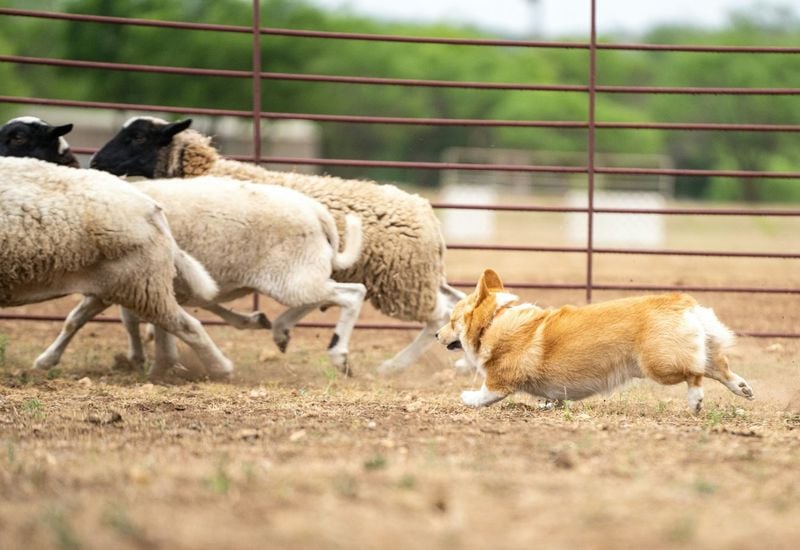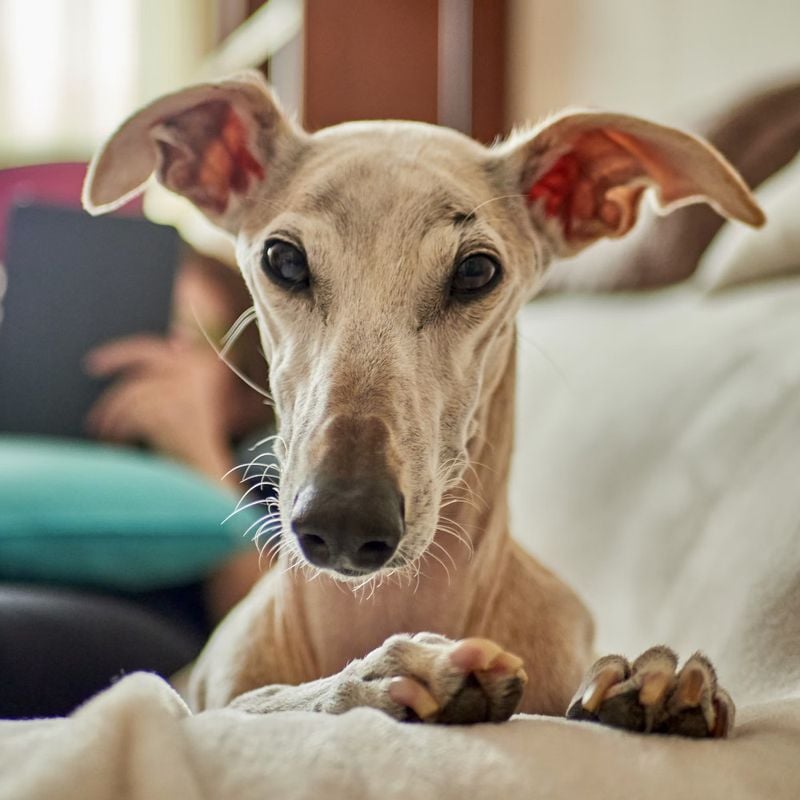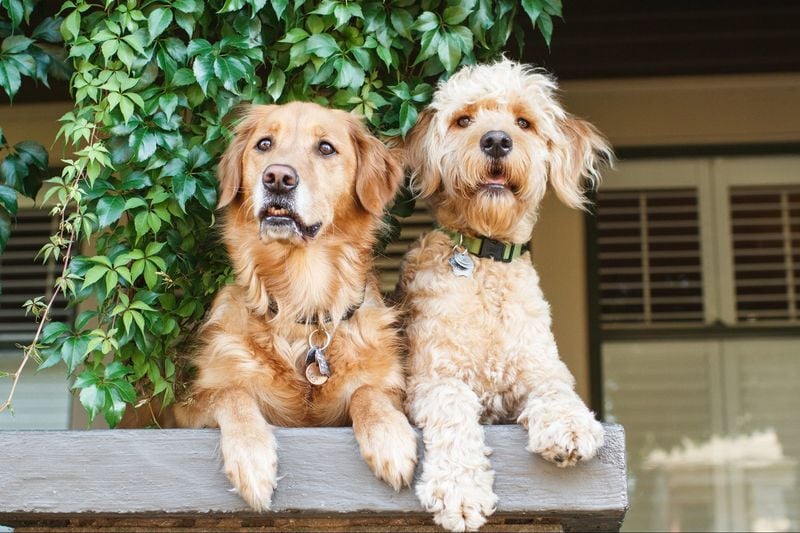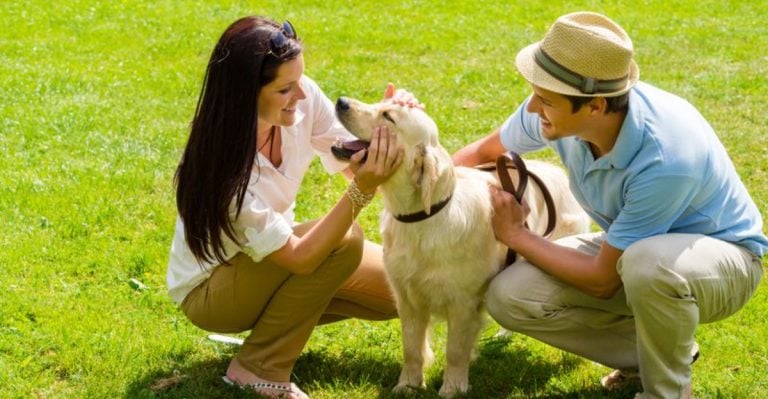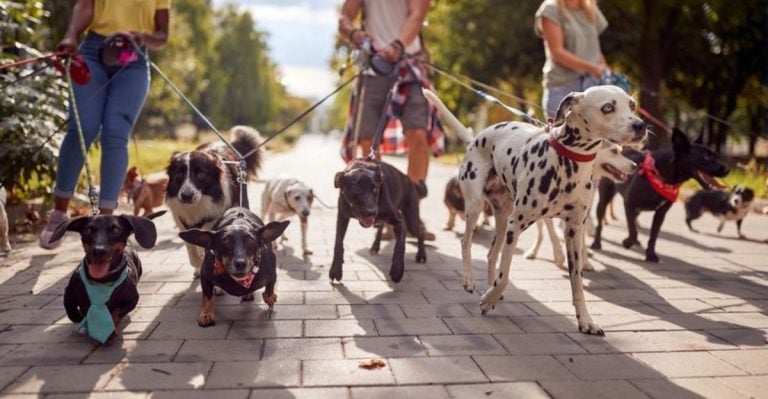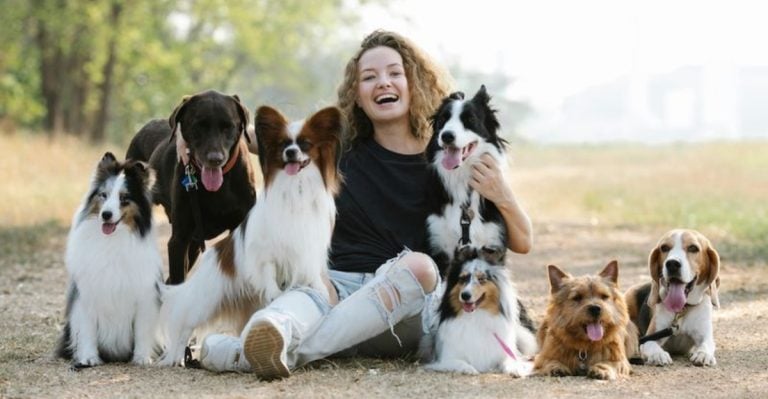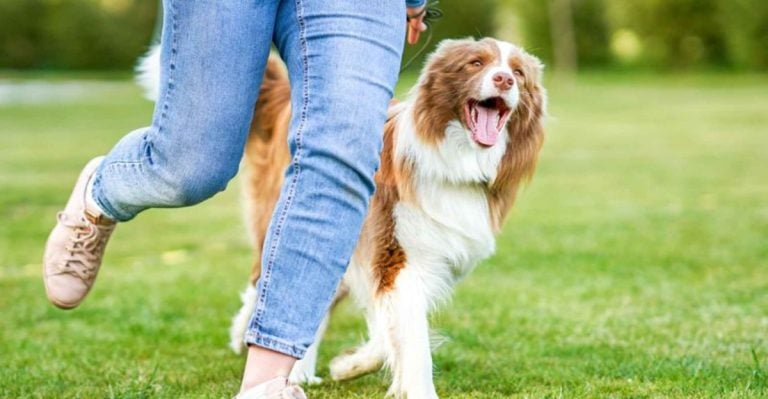21 Dog Breed Stereotypes That Keep Leading Owners Astray
When it comes to choosing a dog, people often rely on breed stereotypes like they’re gospel.
Golden Retrievers are sweethearts, Pit Bulls are dangerous, Chihuahuas are all bark, and Poodles are basically walking wigs. Sound familiar? These overgeneralizations get repeated so often, they start to feel like facts.
But the truth is, most of these “personality templates” do a major disservice—not just to the dogs, but to the people hoping to love them. Stereotypes might be based on a sliver of truth, but they ignore the bigger picture.
A dog’s behavior is shaped just as much by training, socialization, and environment as it is by genetics.
So when someone adopts a high-energy “starter breed” expecting a chill companion, or avoids a so-called “aggressive” breed out of fear, they’re not making an informed decision—they’re buying into a cartoon version of canine reality.
And let’s be honest—sometimes, we want the stereotype to be true. It’s comforting to think you can pick the “perfect fit” just by scrolling through a breed chart.
But dogs aren’t pre-programmed appliances. They’re individuals with quirks, moods, and personalities that evolve over time.
When we box them in with sweeping assumptions, we risk misunderstanding their needs—or worse, giving up on them altogether.
So whether you’re a seasoned dog lover or picking out your very first pup, it’s time to challenge what you think you know.
We’re diving into 21 common dog breed stereotypes that continue to lead well-meaning owners astray. Some are flat-out wrong, others are missing major context—but all of them deserve a closer look.
Let’s separate myth from reality, so you—and your dog—can thrive without the baggage of bad expectations.
1. Chihuahuas Are Always Yappy and Mean
This tiny breed often gets labeled as aggressive or “napoleonic,” but that reputation doesn’t capture the whole story. Chihuahuas can be sweet, loyal, and incredibly affectionate—but only when they feel safe and loved.
A lot of their so-called “meanness” stems from fear and poor socialization. When people treat them like accessories or skip training because they’re small, Chihuahuas become defensive.
Like any breed, they need boundaries, affection, and consistency—not baby talk and purses.
2. Pit Bulls Are Naturally Aggressive
Few breeds are more misunderstood than the Pit Bull. The stereotype paints them as ticking time bombs, but ask any Pit Bull owner and you’ll hear about snuggle bugs who think they’re lap dogs.
Aggression in Pit Bulls is usually a result of poor upbringing or mistreatment. These dogs are loyal, eager to please, and incredibly people-oriented.
With proper training and socialization, Pit Bulls thrive as family pets—and often rank high in temperament tests.
3. Golden Retrievers Are Always Gentle
The image of a serene, obedient Golden lounging at your feet is only half true. While they are generally friendly and sociable, Goldens can be wildly energetic and even unruly without structure.
This breed was developed for hunting and retrieving, meaning they need both physical and mental exercise.
When their needs aren’t met, Goldens can become hyper, mouthy, and overwhelming. Their sweetness doesn’t mean they’re low-maintenance—it just means they’ll forgive you for not realizing it.
4. German Shepherds Are Automatically Great Guard Dogs
People assume every German Shepherd is ready to spring into protective mode with perfect obedience. But without proper training, they’re just as likely to be anxious, reactive, or even skittish.
They’re intelligent and loyal, but that loyalty needs direction. Poorly trained German Shepherds can misread situations or become overprotective.
If you want that calm, confident protector you’ve seen in the movies, you’ll have to put in the hours—both in training and socialization.
5. Labradors Are Easy Starter Dogs
Labradors have a reputation as the ultimate beginner dog—but that’s a bit of a trap. Sure, they’re friendly and eager to please, but their energy level is next-level if you’re not prepared.
They need frequent exercise, mental stimulation, and clear boundaries. Left to their own devices, Labs can be destructive, jumpy, and relentless chewers.
They’re lovable goofballs, but without the right attention, they’ll turn your shoes and furniture into chew toys.
6. Dachshunds Are Low-Maintenance Lap Dogs
Don’t let the tiny legs fool you—Dachshunds are bold, energetic, and often downright stubborn. While they love a good cuddle, they were bred to hunt badgers, meaning they’re surprisingly fearless and determined.
These little dogs can be barky, territorial, and tough to house-train without consistency. They’re charming and full of personality, but “easygoing” isn’t the right word.
First-time owners often underestimate their need for engagement and quickly find themselves outwitted by a sausage-shaped genius.
7. Shih Tzus Are Just Pretty Couch Potatoes
With their flowing coats and squishy faces, Shih Tzus are often treated like delicate ornaments. But beneath that glamorous exterior lies a sassy, clever dog with a strong will and a lot to say.
They do enjoy lounging, but they’re also curious and stubborn. Without consistent training, they can become bossy or hard to manage.
Don’t be fooled by their royal history—these pups will rule your home if you let them, and they’ll look fabulous while doing it.
8. Huskies Are Wild, Untrainable Wolves
It’s true—Huskies have a mischievous streak and an independent nature. But labeling them as “untrainable” misses the point. They’re not stubborn out of spite—they’re just smart, energetic, and born to run.
With patience and positive reinforcement, Huskies can learn just about anything. The key is understanding their need for mental stimulation and physical activity.
If you skip the work, they’ll dig under your fence and stage a jailbreak—but with the right lifestyle, they’re loyal and endlessly entertaining companions.
9. Border Collies Are Perfect for First-Time Owners
They’re intelligent, sure—but that brilliance comes with high demands. Border Collies were bred to work nonstop, and if you don’t give them a job, they’ll invent one. Sometimes that job is herding your children or tearing up your sofa.
Their brains never stop buzzing, and they need more than a walk around the block.
For inexperienced owners, their intensity can quickly turn overwhelming. They’re best suited for people ready to provide serious mental and physical challenges on a daily basis.
10. Beagles Are Just Easygoing Family Dogs
Beagles seem like the perfect combo of cute, small, and friendly—but their noses can get them into all kinds of trouble. These scent hounds are ruled by smell, not by loyalty or commands.
Once they pick up a scent, they’re gone—mentally or physically. Their stubbornness can make training a slow process, and their love of howling adds to the challenge.
With patience and the right environment, they’re wonderful companions—but they’re far from hassle-free.
11. Dobermans Are Dangerous by Nature
With their sleek build and alert expressions, Dobermans often get cast as villains in movies—and unfortunately, that reputation follows them into real life.
Many assume they’re aggressive, but in truth, Dobermans are loyal, affectionate, and deeply people-oriented.
Their protectiveness is real, but it’s not the whole story. When raised in a stable home with proper training, they become devoted companions and eager learners.
The danger isn’t the breed—it’s the lack of socialization or poor handling that shapes behavior.
12. Boxers Are Too Energetic to Be Good Indoor Dogs
Yes, Boxers are full of bounce and enthusiasm, but that doesn’t mean they’re unmanageable inside the house. With regular exercise and firm guidance, they can be some of the most affectionate and calm companions you’ll ever meet.
They crave human interaction and thrive when included in daily routines. Without engagement, they’ll act out—but give them structure and play, and they’ll be your joyful shadow. They’re clowns with muscles, not chaos incarnate.
13. Rottweilers Are Always Intimidating
Rottweilers are big, broad, and intense-looking—but behind that tough exterior is often a gentle goofball. These dogs are naturally protective, but also deeply bonded to their families and incredibly affectionate.
Like many working breeds, they need boundaries and early training to be their best. Treating them as a threat or skipping proper socialization only reinforces negative traits.
When respected and understood, Rottweilers make some of the most reliable and loving companions around.
14. Great Danes Don’t Need Training Because They’re Gentle Giants
Their chill vibe and slow stride can lull owners into a false sense of ease. But a Great Dane that’s never learned to listen can unintentionally wreak havoc—just by leaning on someone or deciding to bolt.
Yes, they’re typically calm and friendly, but their sheer size demands training and control.
A poorly behaved 150-pound dog isn’t cute—it’s a liability. These gentle giants need just as much structure as any high-energy breed, especially while they’re growing.
15. French Bulldogs Are Lazy, No-Work Dogs
They may be compact and low-energy, but Frenchies are anything but effortless. This breed is notorious for breathing issues, allergies, and digestive sensitivities—so while they won’t need a marathon walk, they might need regular vet visits.
They’re also playful and mischievous, with a personality that’s bigger than their snorts. If you don’t set limits early, they can become stubborn little bosses. They’re charming, yes—but don’t confuse low activity with low responsibility.
16. Poodles Are Just Fluffy Show Dogs
Poodles get stereotyped as pampered and prissy—but underneath the fancy haircut is an incredibly intelligent, athletic dog. In fact, they were originally bred as water retrievers, and their energy and brainpower reflect that legacy.
These dogs thrive when challenged and can pick up new tricks in minutes. Leave them bored, though, and you’ll see destructive behavior or stubbornness.
Whether you have a toy, miniature, or standard Poodle, you’re dealing with a brilliant, lively dog—not just a grooming project.
17. Mastiffs Are All Lazy Drool Machines
It’s true—Mastiffs love their naps and have no problem claiming the entire couch. But they’re also natural protectors who take their job of “watchdog” seriously. When needed, they’ll move fast and stand firm.
They can be stubborn and need early, gentle training to prevent pushiness or fearfulness.
Their size alone makes manners a must. Don’t let their sleepy expressions fool you—they’re quietly alert and thrive on structure, affection, and clear leadership.
18. Corgis Are Cute and Comedic, That’s It
Yes, Corgis are walking memes with their fluffy butts and oversized personalities—but they were bred to herd cattle, and that working instinct is alive and well. Many owners are surprised when their Corgi starts nipping heels or barking nonstop.
They’re intelligent, bossy, and packed with energy. Without mental and physical challenges, they can become demanding or reactive.
They may be short, but their confidence is sky-high. Behind the cuteness lies a tiny powerhouse who expects to be in charge.
19. Terriers Are Always Nippy and Irritable
Terriers get a bad rap for being scrappy and short-tempered—but they’re also fiercely loyal, brave, and often hilarious. Their boldness is part of their charm, though it can become a problem if not managed early on.
They were bred to chase and hunt, so they’re naturally high-energy and quick-reacting. When given clear rules and enough stimulation, they shine as companions. It’s not about “fixing” their fire—it’s about channeling it in the right direction.
20. Greyhounds Need Tons of Exercise
Greyhounds are often thought to need constant exercise, but they are famously known as ’45-mph couch potatoes.’
These elegant dogs enjoy short bursts of activity followed by long periods of relaxation and lounging indoors.
Their calm demeanor and love for comfort make them ideal for those who appreciate laid-back companionship with occasional spurts of play.
21. Mutts Are Always Easier Than Purebreds
Mixed-breed dogs can be wonderful companions—but they’re not automatically “easier” just because they lack a pedigree. In fact, mutts can have a wide range of inherited traits that aren’t always predictable.
That unpredictability can be charming, but it also means owners need to be observant and flexible.
Training, socialization, and understanding your individual dog matter far more than what’s in their DNA. No dog is problem-proof, and every breed—mixed or pure—deserves thoughtful care.


